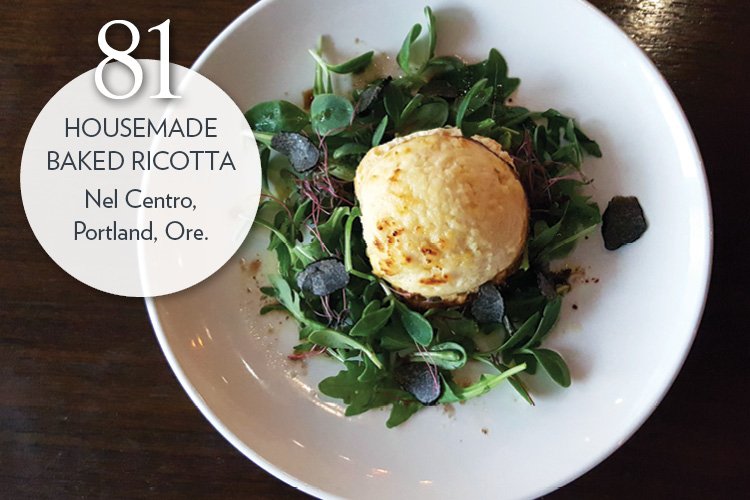A bounty of truffles is a wonderful thing, particularly if you can leverage as much of this potent ingredient’s unique flavor as possible. At Nel Centro, foraged items like wood sorrel and wild watercress help keep the repertoire “interesting and honest with the seasons,” according to John Eisenhart, Executive Chef. “But sometimes we experience something truly special,” he says. “In this case, it’s the Oregon black truffle. In the past two decades, it’s been more desired by chefs, and with good reason—the dark, malty aroma lends itself to numerous applications.”
One such application is in the Housemade Baked Ricotta, with local greens, shaved truffle and a truffle vinaigrette. With a menu inspired by the French and Italian Riviera, truffles introduce a keen sense of place. “In the fall and winter we often receive more truffles than we can use at one time,” says Eisenhart. “While this situation is always welcome, we have to maximize the bounty without sacrificing quality.”
He’s come up with various preservation methods. First, he simmers the whole truffle in olive oil. “This gives us three ready-to-use products: black truffle oil, confiture truffles and truffle suc,” he says. “Black truffle oil can be strained and re-simmered with a fresh batch of truffles to intensify the flavor. I use it for slow-cooking tubers or root vegetables, or in vinaigrettes and finishing oils.”
He also uses whole black truffles as a garnish for pasta fillings, roasts and sauces. “Truffle suc is great for vinaigrettes, mushroom fillings, cheese-plate garnishes and as a finishing baste for sweetbreads, veal or artichokes.”









